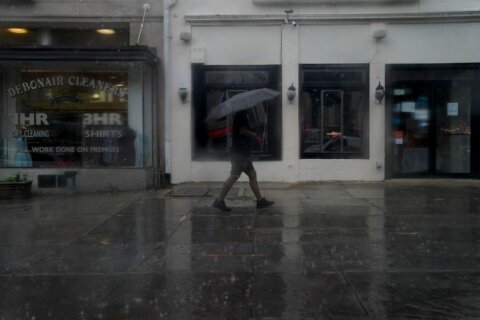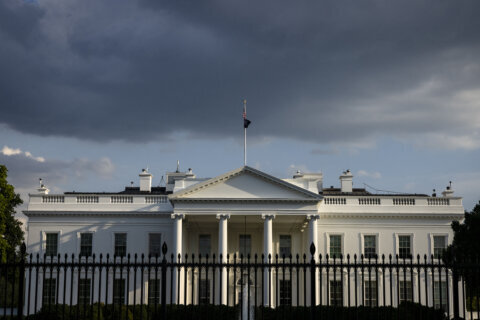The work week is beginning as close to average for temperatures as one can expect in mid-December, but Mother Nature is going into a big mood swing right before the Christmas holiday weekend.
The upcoming Arctic front that is drawing lots of buzz early this week will bring sweeping changes across the Mountain West and Central U.S. The developing ice box that will challenge historical U.S. energy consumption will then push into Washington on Friday.
Ahead of the front, Washington could reach its warmest temperature so far this month in the mid-50s to lower 60s Friday morning. The Arctic front is slated to push through during the middle part of the day with a burst of snow on its backside and big winds. Temperatures will crash between 20 to 30 degrees before the end of the day in Washington with lows in the mid-20s by midnight.
Christmas Eve and Christmas Day will be the coldest since 1989 when highs were in the 20s and lows in the lower teens in Washington.
Will there be a White Christmas? Statistics are far from being on our side with a less than 10% chance. There is very limited upside for 1 inch of snow to be on the ground Christmas Day, which is the official weather service definition of a White Christmas.
However, a dusting can’t be ruled out when the sun comes up Christmas morning if the cold air rushes in faster than the moisture departs in the front’s wake Friday. A front of this magnitude historically has a better chance to bring a “surprise snow” than be a disappointment for snow lovers.
The Arctic air mass will moderate closer to average by early next week.
Now, how rare or common are these wild temperature swings in Washington in December? It turns out they don’t happen often in the year’s final month.

Late February to early April will bring the biggest temperature swings within a 48-hour period. This is the traditional period where longer daylight draws in warm air from the south while air streaming in from the Arctic is still recovering from the winter chill.
Cold fronts transport these very warm to considerably chilly air masses through Washington and it’s the time period when it’s difficult to figure out how to dress for the weather.
Stay with WTOP for traffic and weather on the 8’s to get the latest forecast.








